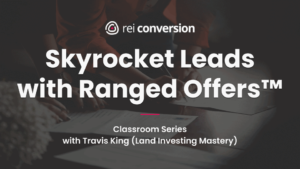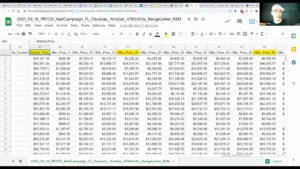
14 Sep 2022
Making ‘Land Offers’ 101: Blind, Neutral, and Ranged
After you’ve pinpointed the land, region, country, subdivision, etc. you’re interested in, the next step towards ownership is getting in touch with the folks that currently own it. Sending out mailers is how it’s done. Strategy is crucial here because sending out mail with a haphazard, spray-and-pray approach leads to unnecessary added costs, weaker response rates and ultimately a lower likelihood of closing a deal.
Whether you’re new to land investing or a seasoned vet, you’re likely aware of the 2 classic methods: blind offers and neutral letters.
We’re going to break down both of those and then introduce you to a new strategy that could just be the sweet spot– the ranged offer.
Choosing the right approach, along with prior planning and research, can set you apart and greatly improve your chance of locking up that gem of a property.
Blind Offers
This is the most direct, straightforward way to do things. As the name suggests, with this type of mailer you’re making an offer on your chosen piece of land right away, no pregame, appetizer or initial conversation with the owner first.
See land. Like land. Make immediate offer on land.
But hold on a sec, it’s simple, but not that simple.
To make this strategy work you need to do deeper research to determine the appropriate value of the land and then make a competitive offer. Pricing tools like Prycd work wonders for this and their data sets even come with a suggested offer amount (this becomes an especially important feature for ranged offers…).
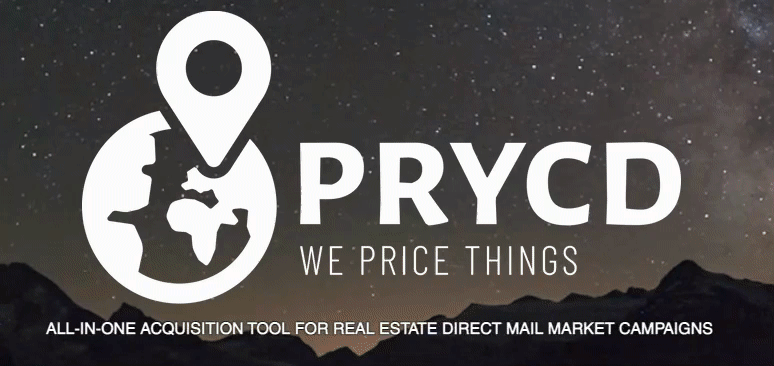
The positives of going the blind route are that it’s a highly targeted and thoroughly researched approach. You can also save substantial time for yourself and the owner by cutting some of the back and forth since they already have your offer. This method is also pretty efficient since.
There are also distinct drawbacks to blind offers. For starters, there’s very little room for error so the offer amount needs to be close to perfect or you’ll likely lose the lead. You get one shot and if it doesn’t impress the owner, your mailer is going straight to the bin. Not surprisingly, these types of offers can rub some owners the wrong way because people naturally tend to inflate the value of their property in their minds. Lastly, putting together this type of offer requires the most research although using a data service like Prycd can lessen that burden significantly.
PROS: Good for highly targeted and specific property, saves time
CONS: Only have one chance at a first impression, lost leads due to low offers, no room for error
Neutral Letters
Think of these like playing footsie; you’re interested but don’t want to rush things.
Neutral letters are more than just saying hello but less than a full-fledged blind offer.
The idea with this method is to start a conversation with interested parties while retaining control over the offer itself.
The chief benefit, aside from having tighter reins on the offer, is that you’re able to make a genuine connection with an owner.

Why does that matter?
Creating a relationship can open the doors to them accepting an offer that’s more favorable for you. You’ll also be able to learn more about the land and adjust your offer accordingly. Neutral letters generally get a higher response rate than blind offers as well.
Additionally, you’ll inevitably find yourself in conversations with land owners who won’t be meeting your offer.
And while your response rate will jump, neutral letters bring in a lot of unqualified leads who might expect offers to be nearly at market prices.
Why?
Because many weren’t motivated to sell but were intrigued by your interest so they reach out and demand top dollar. Uninterested sellers + asking for retail = a non-starter for any land investor.
PROS: Total control of offer, build relationship with seller
CONS: Lots of back and forth creates long sales cycle, unqualified leads expecting top dollar
Ranged Offers
And while your response rate will jump, neutral letters bring in a lot of unqualified leads who might expect offers to be nearly at market prices. Why? Because many weren’t motivated to sell but were intrigued by your interest so they reach out and demand top dollar. Uninterested sellers + asking for retail = a non-starter for any land investor.
The new kid on the block. Well not quite new but you’re less likely to see this pop up in courses because creating the offer takes a bit more work. It’s well worth the higher response rates on the backend though as you’ll see.
So, ranged offers are also exactly what they sound like; offer letters that contain an upper and lower limit, aka a range.
The beauty of these is that they can directly replace neutral letters and blind offers, delivering you the best of both worlds.
How so?
Let’s look at them one at a time.
If the goal of a neutral letter is simply to get the owner to respond, which do think does that more effectively; a letter that says you have interest or a letter that says you have interest and also provides the amount you’re willing to spend?
Yea, we thought the same, the second one.
And when you compare it to blind offers, the benefit of a ranged offer is that you’ve moved away from the all-or-nothing approach which is likely to yield more replies and less trashed mailers. Moreover, ranged offers are a particularly good choice if you’re looking in areas where the variance in comps is so large that you can’t confidently make a straight offer.
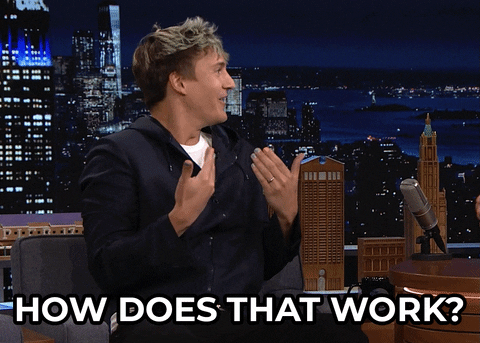
So how does it work? Specifically, how do you come up with the range?
Once you’ve zeroed in on the land you’re after, you’ll want to go into Prycd and set it up to export offer prices at all increments. “Increments” meaning a series of offers at different percentages of the market value of a property.
Sounds complicated but you can do it with literally one click.
The general recommendation is for a 30% range spanning 20% to 50% of the market value.
We didn’t pull that range from anywhere, it was honed and sharpened by none other than seven-figure land investor Travis King of Land Investing Mastery and discussed in detail in our Classroom Series.
In that class, Travis shows us how Prycd gives you a clean spreadsheet that breaks the range down incrementally. For example, if a property is $100,000, your low end, 20% offer would be $20,000 and your high end, 50% offer would be $50,000 and a 33% offer would be $33,000.
This type of mailer can boost your response rates big time because it shows your flexibility and willingness to work with an owner. A big part of getting that point across though has to be in your letter because sellers are naturally going to demand the high end. Managing expectations is crucial. The letter should explain that where the offer lands is based on variables about the property, i.e., road access, fencing, improvements, etc. This sort of transparency is always welcomed.
With ranged offers, you’re getting all the benefits of neutral letters with some of the specificity of a blind offer. Your sales cycle won’t shrink but your ability to close will grow.
PROS: Flexibility, transparency, replaces neutral letter, cost-effective, makes negotiating easier
CONS: Sales cycle is same as with neutral letter
While the ranged offer might sound more complex, it’s genuinely a simple process within Pebble, something we dug deep into our Classroom Series. Not only that, we even have editable ranged offer templates; 1-pagers that take care of the messaging so all you need to do is add your offers.
If you’re just getting started with mailers, feeling overwhelmed or want to know more about these strategies, don’t hesitate to reach out or set up a demo session with us.
Discover our latest podcast episodes
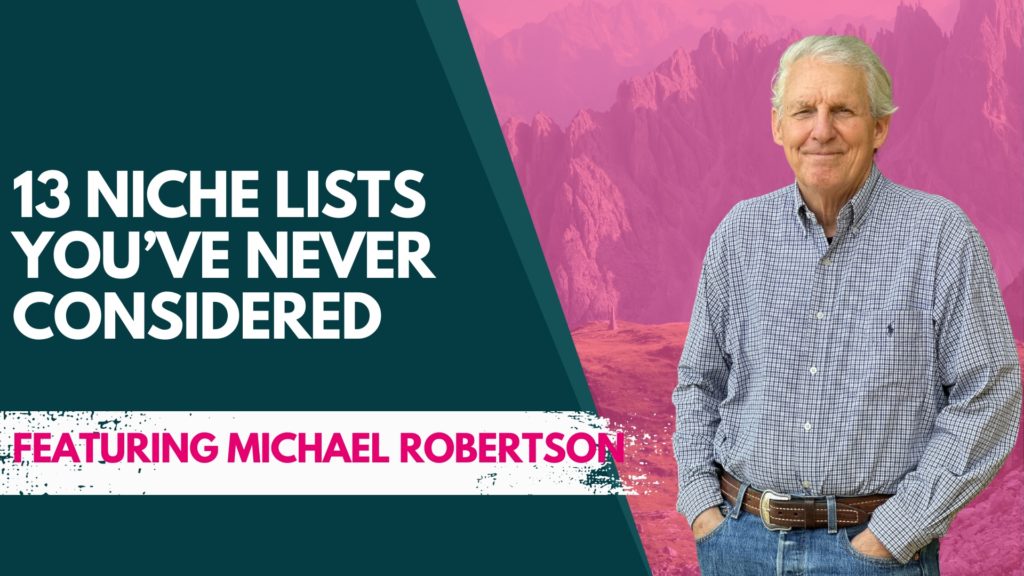
18 Jul 2024
13 Niche Lists You’ve Never Considered
We’ll cut straight to the chase: if you’re sending mailers, this episode is a must. Michael Robertson builds campaigns like no one else in the business and he breaks down exactly how he makes each of the…

04 Jul 2024
The Secrets of Market Selection: From Spray and Pray to Sniping
Sumner Healy is nothing short of a legend and having him back on the show (third time is a charm!) to get into the nitty gritty of his business is a treat for all.
